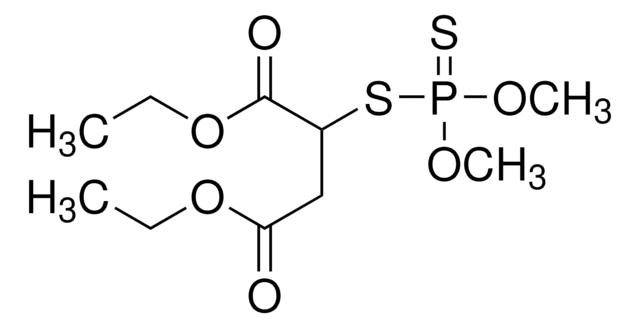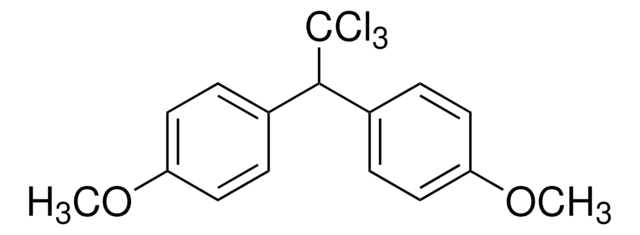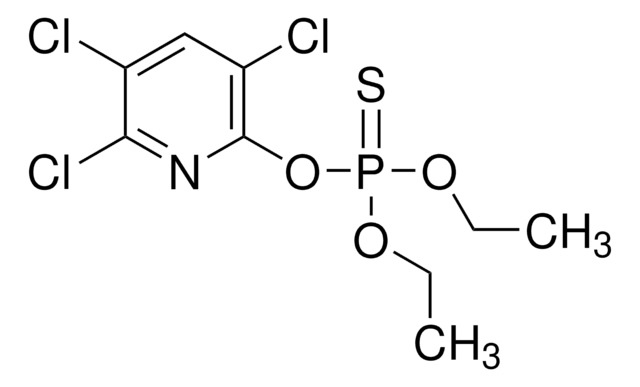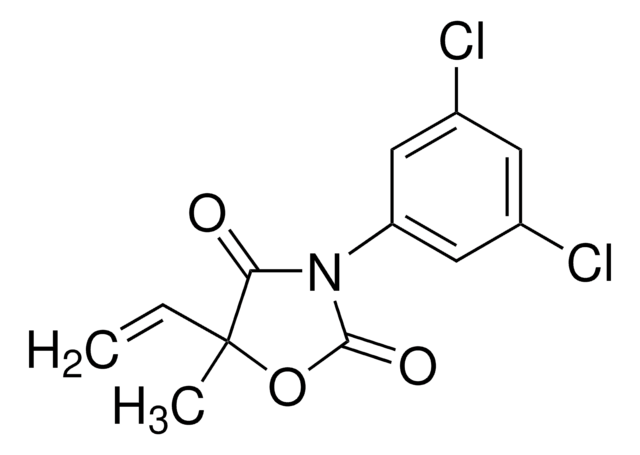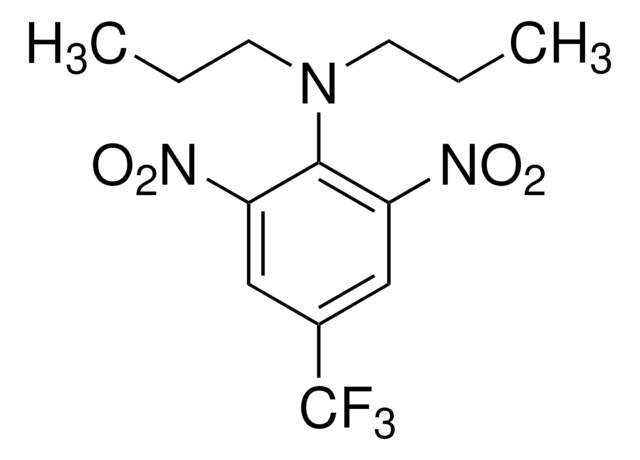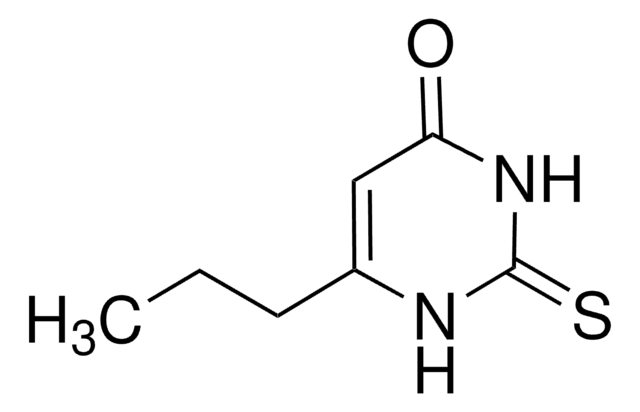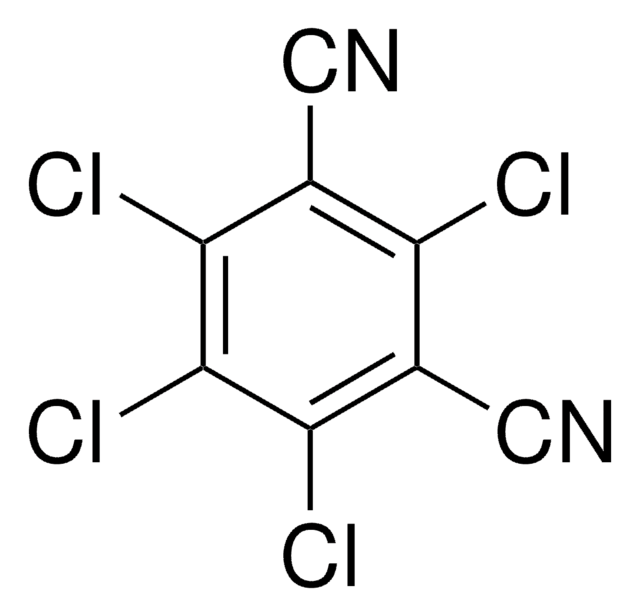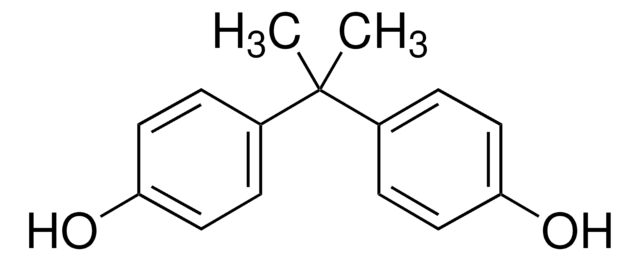About This Item
おすすめの製品
グレード
analytical standard
品質水準
製品種目
PESTANAL®
シェルフライフ
limited shelf life, expiry date on the label
テクニック
HPLC: suitable
gas chromatography (GC): suitable
アプリケーション
agriculture
cleaning products
cosmetics
environmental
food and beverages
personal care
フォーマット
neat
SMILES記法
CC1(OC(=O)N(C1=O)c2cc(Cl)cc(Cl)c2)C=C
InChI
1S/C12H9Cl2NO3/c1-3-12(2)10(16)15(11(17)18-12)9-5-7(13)4-8(14)6-9/h3-6H,1H2,2H3
InChI Key
FSCWZHGZWWDELK-UHFFFAOYSA-N
類似した製品をお探しですか? 訪問 製品比較ガイド
関連するカテゴリー
アプリケーション
法的情報
シグナルワード
Danger
危険有害性情報
危険有害性の分類
Aquatic Chronic 2 - Carc. 2 - Repr. 1B - Skin Sens. 1
保管分類コード
6.1C - Combustible, acute toxic Cat.3 / toxic compounds or compounds which causing chronic effects
WGK
WGK 3
引火点(°F)
Not applicable
引火点(℃)
Not applicable
個人用保護具 (PPE)
Eyeshields, Faceshields, Gloves, type P3 (EN 143) respirator cartridges
適用法令
試験研究用途を考慮した関連法令を主に挙げております。化学物質以外については、一部の情報のみ提供しています。 製品を安全かつ合法的に使用することは、使用者の義務です。最新情報により修正される場合があります。WEBの反映には時間を要することがあるため、適宜SDSをご参照ください。
労働安全衛生法名称等を表示すべき危険物及び有害物
名称等を表示すべき危険物及び有害物
労働安全衛生法名称等を通知すべき危険物及び有害物
名称等を通知すべき危険物及び有害物
この製品を見ている人はこちらもチェック
ライフサイエンス、有機合成、材料科学、クロマトグラフィー、分析など、あらゆる分野の研究に経験のあるメンバーがおります。.
製品に関するお問い合わせはこちら(テクニカルサービス)